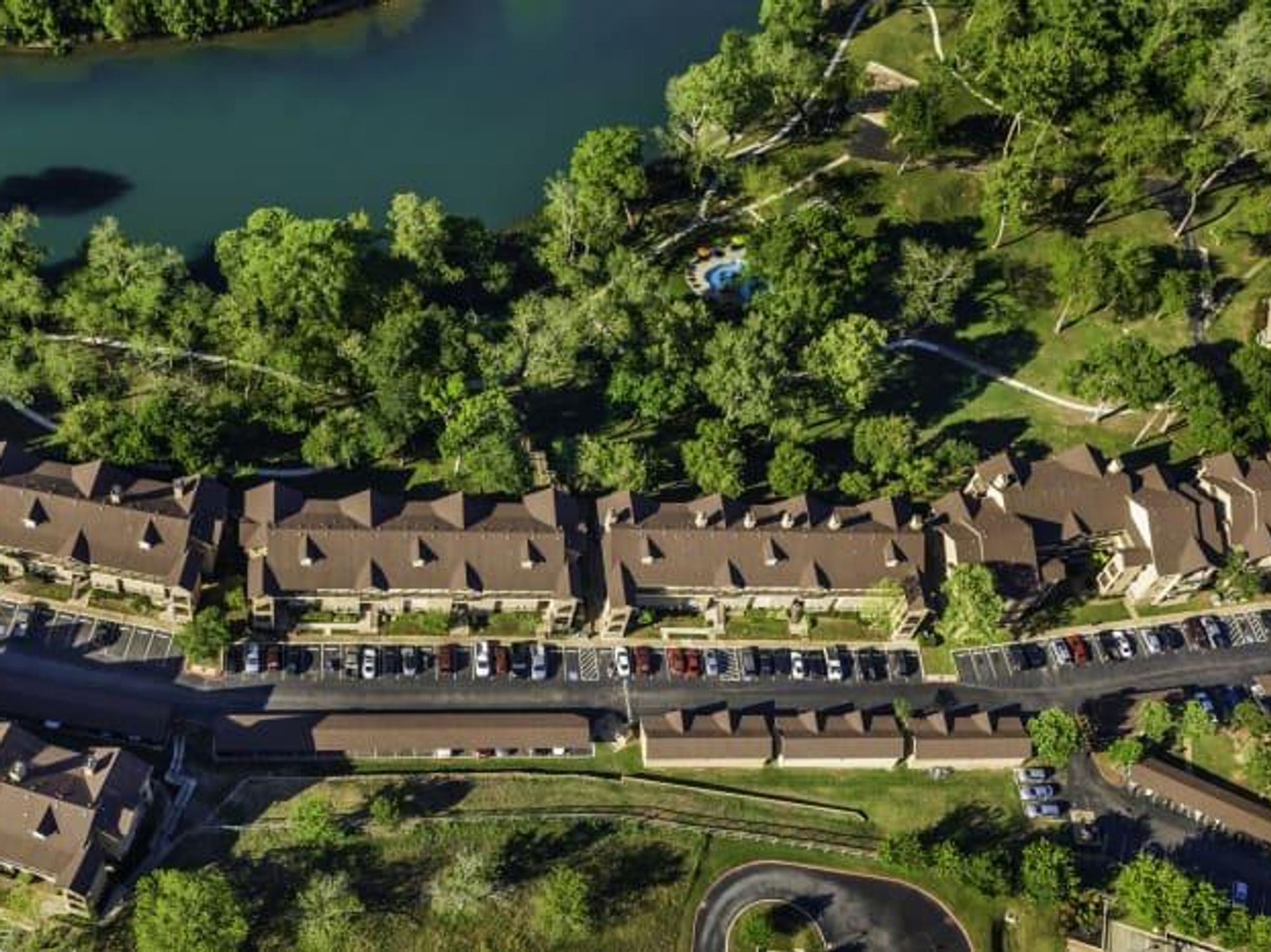Population Explosion
San Antonio suburb booms as No. 5 fastest-growing cities in the U.S.

Population growth in one San Antonio suburb is exploding. Estimates released Thursday, May 26 by the U.S. Census Bureau rank New Braunfels No. 5 for population growth from July 2020 to July 2021.
New Braunfels' population rose 8.3 percent during the one-year period, topping out at 98,857.
Two Central Texas cities ranked Nos. 1 and 2 for population growth in the U.S.: Georgetown and Leander. Georgetown grew faster (at 10.5 percent) than any other U.S. city with at least 50,000 residents during the time period, to a total of 75,420. Leander's population rose 10.1 percent during the one-year period, winding up at 67,124. They were the only cities with 50,000 residents or more to experience population growth of at least 10 percent from July 2020 to July 2021, according to the Census Bureau.
Elsewhere in Texas, several cities put up impressive numbers for population growth from 2020 to 2021, according to the Census Bureau:
- 18th-ranked Conroe (Houston), 4.5 percent.
- 23rd-ranked Denton (Dallas-Fort Worth), 4.1 percent.
- 26th-ranked Frisco (Dallas-Fort Worth), 3.9 percent.
- 28th-ranked Texas City (Houston), 3.8 percent.
Meanwhile, the populations of Texas’ five largest cities hardly budged or even shrank from 2020 to 2021:
- Fort Worth, 1.4 percent.
- San Antonio, 0.9 percent.
- Austin, 0.1 percent.
- Houston, -0.5 percent.
- Dallas, -1.1 percent.
Houston and Dallas were among nine of the country’s 15 largest cities to lose population during the pandemic, the Census Bureau says.
Despite the low percentage, San Antonio managed to post the biggest numeric growth during the one-year period, adding 13,626 residents. Fort Worth came in third (12,916), with Frisco at No. 8 (7,933 residents), New Braunfels at No. 9 (7,538), Georgetown at No. 10 (7,193), Leander at No. 12 (6,159), Denton at No. 14 (5,844), and McKinney at No. 15 (5,568).
From 2020 to 2021, three Texas cities surpassed the 50,000-resident mark: Kyle (51,789), Burleson (51,618), and Little Elm (51,042).
Lloyd Potter, the Texas state demographer, says the new Census Bureau data offers “a first look at the influence of the pandemic on local population dynamics.”
While the data doesn’t reflect precisely how the population of Texas cities has shifted — namely births minus deaths and move-ins minus moveouts — “we do know that both Dallas and Harris counties experienced net out-migration from 2020 to 2021, and suburban ring counties grew dramatically from positive domestic migration,” Potter tells CultureMap. “Thus, cities in suburban ring counties were growing from people moving from urban cores to suburban areas, and from people moving from other parts of Texas and other states.”
Not every resident of Texas is thrilled about the state’s continued population expansion. The latest University of Texas/Texas Politics Project Poll, released in early May, shows 40 percent of Texans believe population growth has been bad for the state. It was the first time in the poll’s history that the percentage of Texans who viewed population growth as negative outnumbered the percentage of Texans who viewed population growth as positive.
“Amidst increasing economic worries, the population growth that has become a frequent bragging point for political leaders and boosters is now viewed negatively or with uncertainty by a majority of Texas voters,” the pollsters say.

 Valerio Lombardozzi is opening Bottega Salaria in the former home of La Bergerie. Photo courtesy of Bottega Salaria
Valerio Lombardozzi is opening Bottega Salaria in the former home of La Bergerie. Photo courtesy of Bottega Salaria